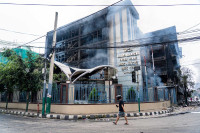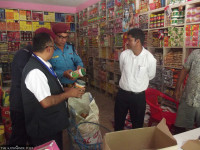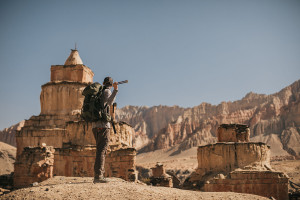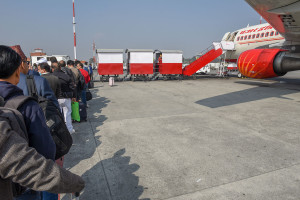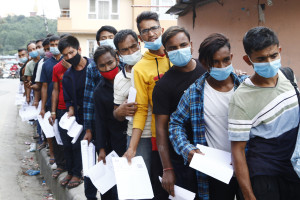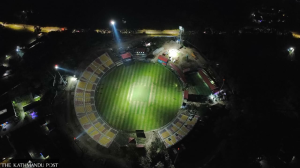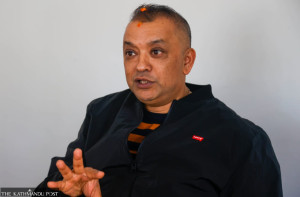Money
Pokhara’s hotel boom spreads to valley rim
With hotels and resorts reaching saturation point at Pokhara’s lakeside, tourism entrepreneurs have been casting their eyes towards the valley rim as possible sites for their next ventures.
Birendra KC
With hotels and resorts reaching saturation point at Pokhara’s lakeside, tourism entrepreneurs have been casting their eyes towards the valley rim as possible sites for their next ventures.
The green hilltops offer spectacular views of the mountains, sunrise over the Himalaya and the sprawling city hugging the shores of Lake Phewa.
Travel traders say that tourists prefer living amid lush green forests and hills
and have strongly encouraged them to invest in such locations.
Currently, 20 tourist-standard hotels are rapidly coming up in Pokhara, and most of them are located at vantage points far from the city. Pokhara in west central Nepal is the second most popular tourist destination in the country after the capital Kathmandu.
Prabesh Narsingh Rajbhandari, who spent 27 years in Japan as a hotel entrepreneur, has opened Panas Restaurant and Café in the Kahare jungle at a cost of Rs30 million. “I returned from Japan to start my own business in Nepal,” he said. He added that if the government offered free visas to Japanese visitors, their numbers could increase significantly.
Rajbhandari said that tourists prefer to live in a peaceful countryside and this led him to look for such areas. Gharipatan, Pame, Sarangkot, Ghandruk, Dhampus and other hill tops around Pokhara have seen increased investment in the past few years.
Another entrepreneur Bhimsen Bhujel has constructed a 60-room facility at Gaurighat. He has spent Rs20 million on the hotel which has 24 super, 20 deluxe, 14 super deluxe and two junior suite rooms. The hotel offers magnificent views of Pokhara city, Phewa Lake, Peace Stupa and the mountains.
Tourism pioneer Karna Sakya has opened the Himalaya Front Resort on Sarangkot hill. The hotel offers a 360-degree panorama of the Himalayan range.
According to Bharat Parajuli, president of the Western Region chapter of Hotel Association Nepal, Pokhara has seen the development of 20 new luxury hotels in the last two years.
Pokhara’s tourism industry suffered greatly from last year’s twin disasters—the killer earthquake and trade embargo.
“In spite of all these odds, investments in the hospitality industry have not stopped.” New hotels are being built with modern facilities.
All hotels depend on foreign tourists for their business. Parajuli said that last year’s disasters had badly hit the inflow of tourists, and that the industry hadn’t yet recovered fully.
“Besides, the current political scenario has also been a worrying factor for hoteliers. The government needs to consider these issues as tourists avoid crisis-ridden destinations,” he said, adding that if tourists stopped coming to Pokhara, billions in investments in hotels would be endangered.
Tourists who visit Pokhara usually have Manang, Mustang and Annapurna in their itinerary. He said that Chinese tourists were the new visitors in Pokhara.
“If the government provides convenient transportation facilities through Tatopani and Korala border points, Chinese arrivals in Nepal would jump dramatically.”
The lakeside city, which could accommodate just 6,000 visitors until a few years ago, now has a capacity to accommodate more than 15,000 individuals daily. There are 450 tourist-standard hotels and more than 200 tourist-standard restaurants in Pokhara.




 12.12°C Kathmandu
12.12°C Kathmandu


